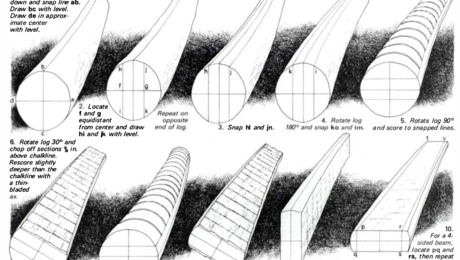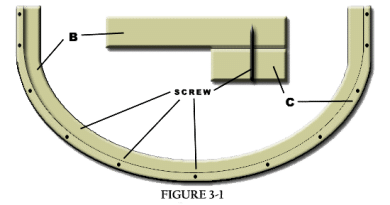Junior Risk Homeostasis
“He was climbing on the outside.” A little girl told me this about my son on her way out of the fast-food restaurant play area. My first instinct, which I followed, was to tell Tommy that we wouldn’t be coming here anymore. This didn’t cause him much consternation, but I kept thinking about it later.
Let’s get past the obvious fact that I have a responsibility in this matter, being the father who didn’t supervise his 8-year-old in the play area. This is about Tommy’s behavior. I want my kids to get along with other people, to enjoy life, to obey the rules, to think for themselves… but it occurs to me that wanting them to obey the rules and to think for themselves must create a constant conflict.
It would be easy enough to put all of the emphasis on following the rules. Rules are measurable, so accountability is pretty easy. However, if we achieve perfect success in training our kids to follow the rules, they will always depend on a system where the rules are clear, fair, and well-enforced.
I’ve tended to prefer a model where the kids use their best judgment and treat others as they would want to be treated. This does work well in most situations, but of course, it depends on the kids operating under good judgment, which is not guaranteed.
Here is where the fuzziness comes in: Tommy probably knew he was breaking a rule by climbing on the outside of the play place. However, he was causing no harm in any way that was obvious to him. I can see that by behaving like that, he might encourage other kids to do the same, and someone could get hurt, or parents could be inconvenienced.
I think I’d like for my son to err on the side of less caution. “Beg forgiveness, not permission” may be an impractical concept to teach your children, but if they can already practice it with some subtlety, it may be better not to discourage it.
Kids learn things by doing, and they discover their limits by testing them. If their only opportunities for play are on lawyer-engineered playgrounds, they will not learn very much. Usually, these playgrounds invite more aggressive play than their design intended. Playing on the outside or jumping off is the way for kids to have fun when the intended activities are too safe and sterile. The term for this behavior is “risk homeostasis.”
Risk homeostasis describes normal human behavior about risk. To summarize, accidents don’t decrease when you design things to be “safer,” they stay about the same. When roads are widened, people drive faster. When playgrounds are made safer, children will find new ways to test their limits. I’m not ready to destroy this instinct in my children. I will explain to Tommy why that behavior was appropriate in that setting, and expect him to make good decisions in similar situations in the future.
With these things in mind, I let my kids and their friends walk on our recently frozen pond. Water in North Carolina rarely freezes hard enough to walk on, so we weren’t sure what was going to happen. Our pond is only about 3-4 feet deep in the center, though, and less on the sides.
I was prepared to have the kids fall in. They were thrilled for the opportunity to walk on ice; it cracked and gave in places, and they were able to experience its relative strengths and weaknesses. They stomped on it, and sometimes their foot went through. Nobody fell in, but we were prepared for that to happen.
The kids have learned something through the experience, and I’ve gained something even more valuable: when I tell them something is too dangerous, they’ll take me seriously because I don’t tell them that about everything.




